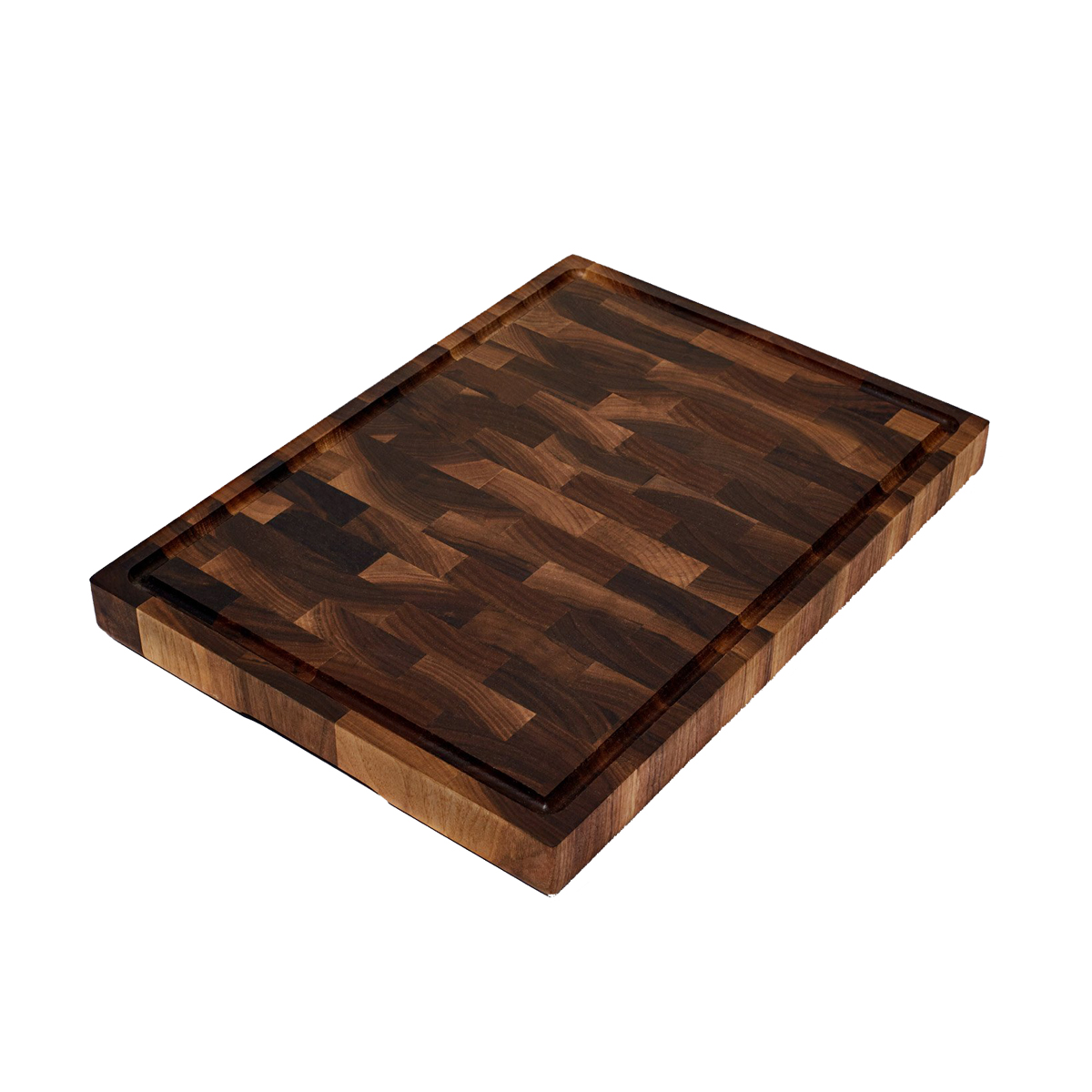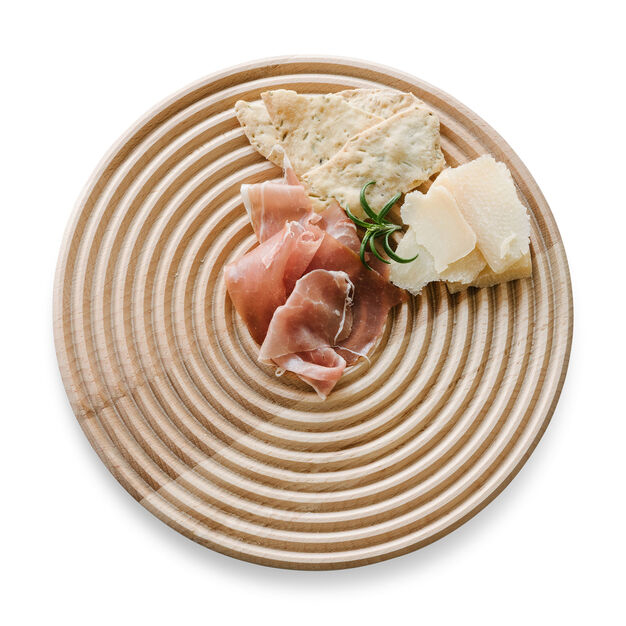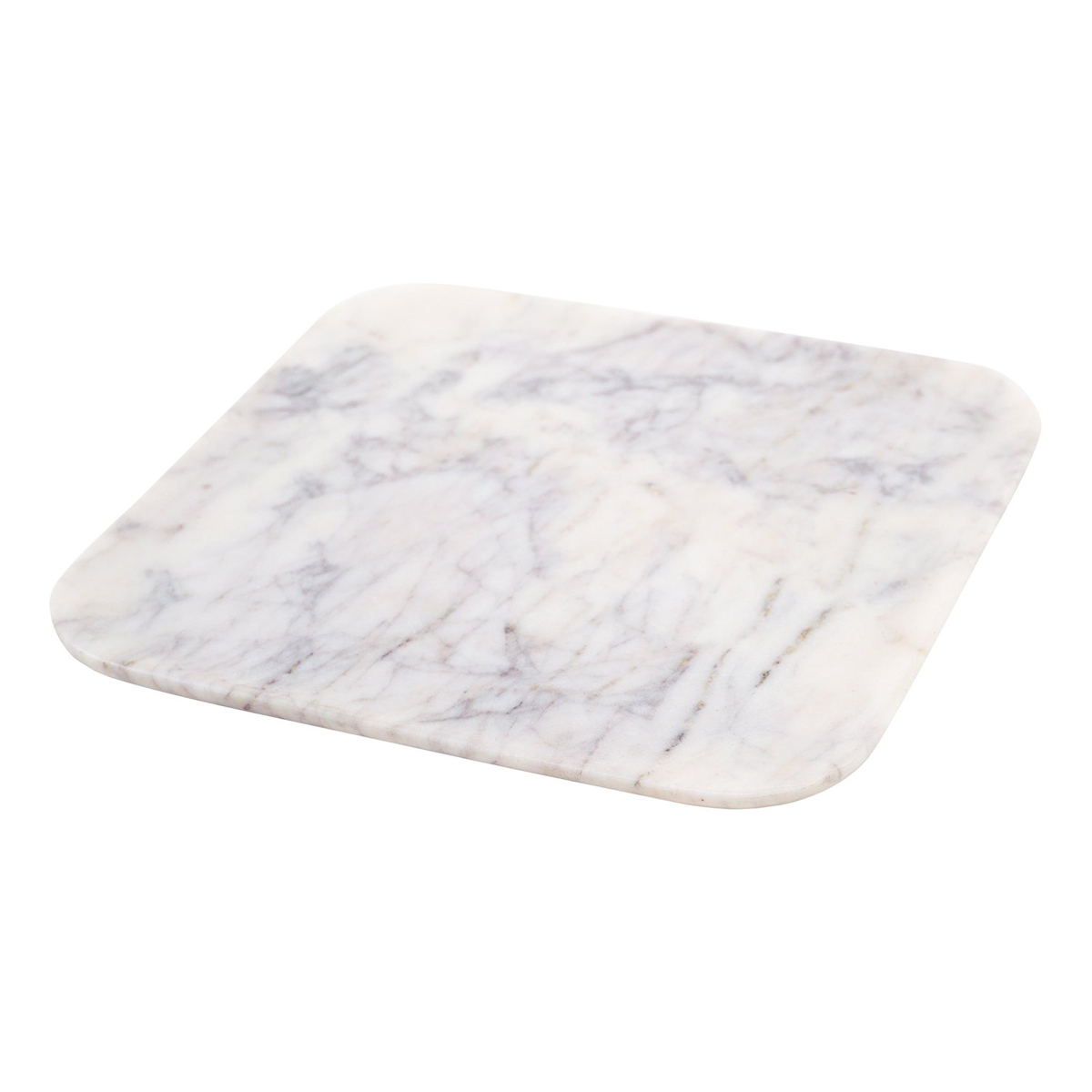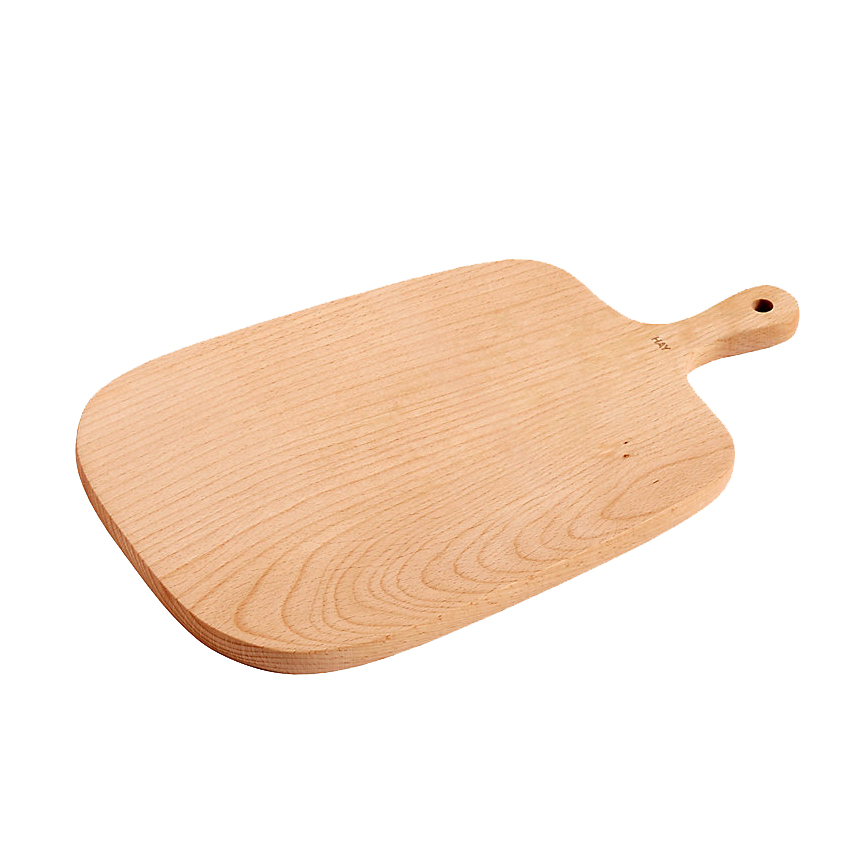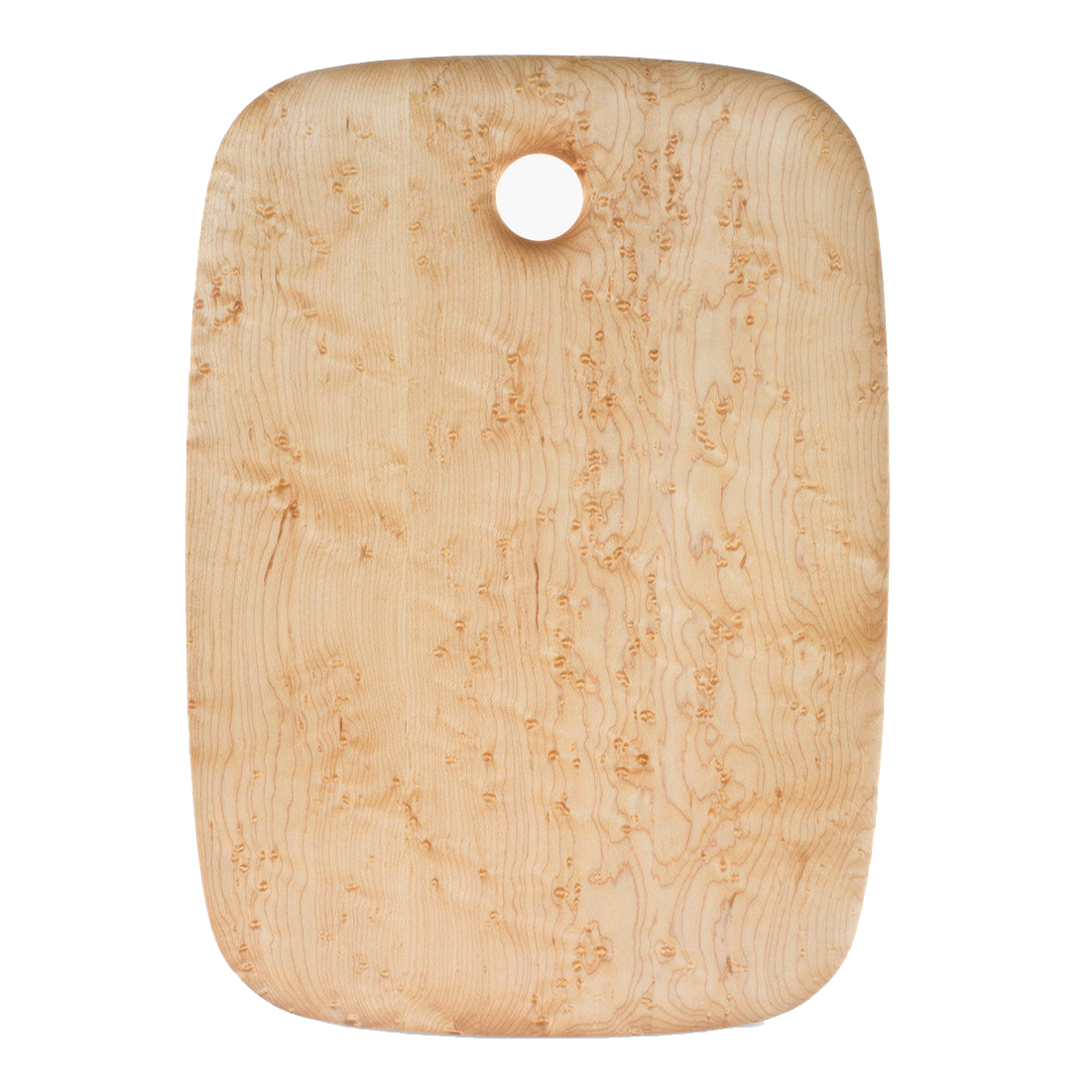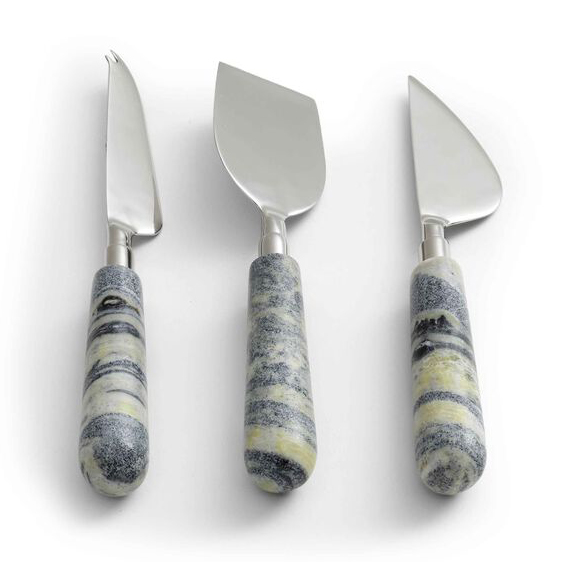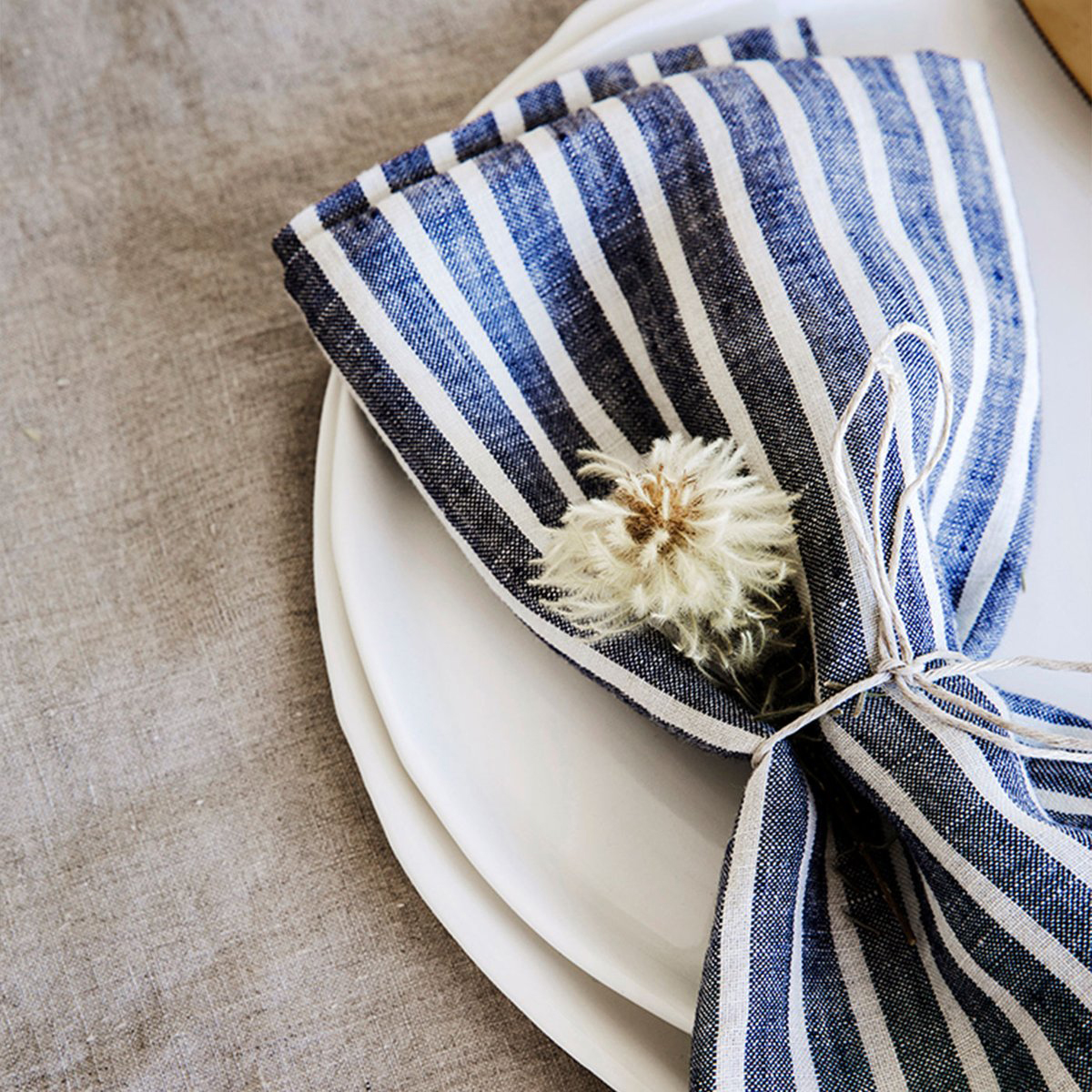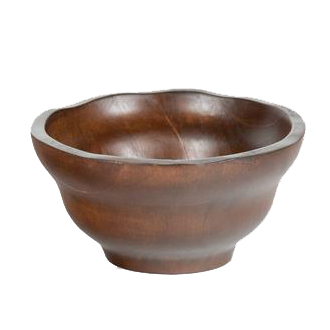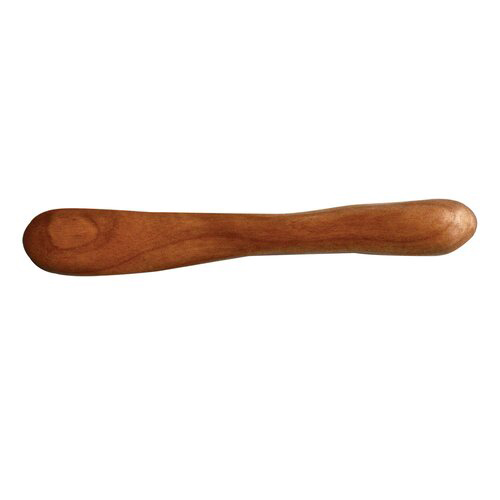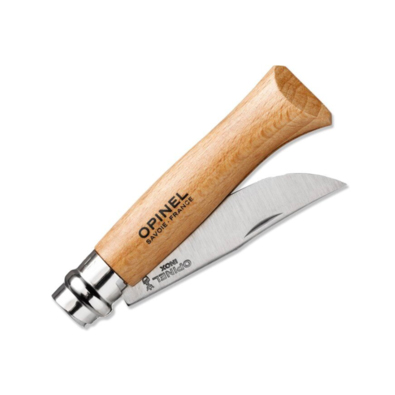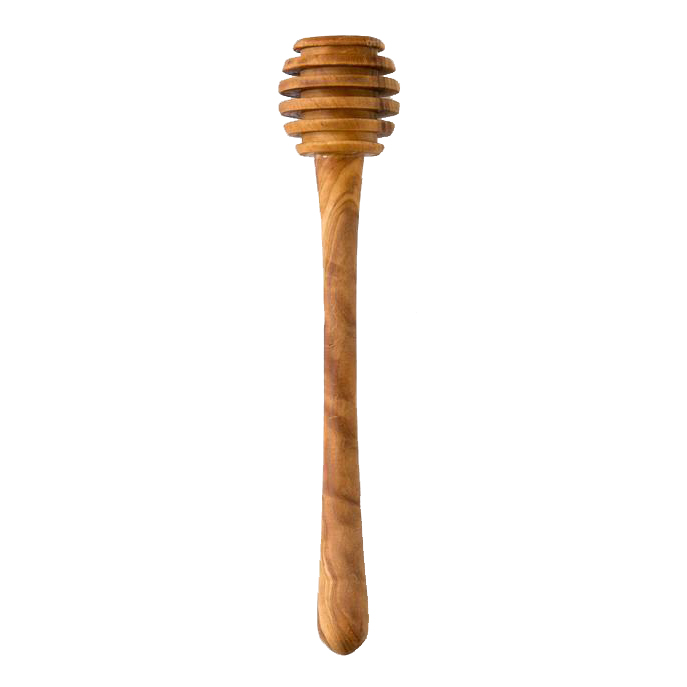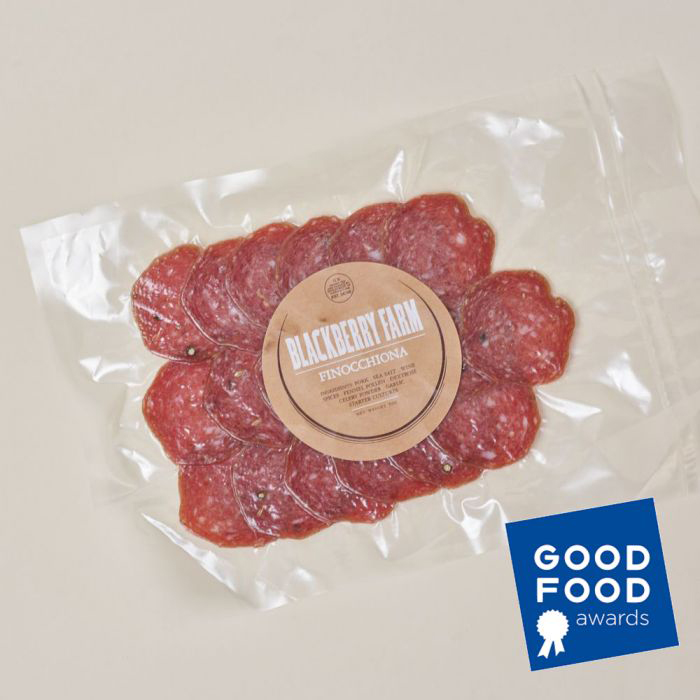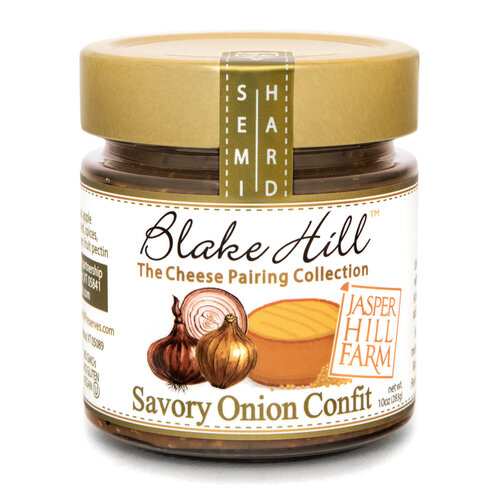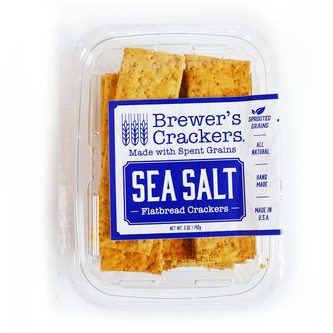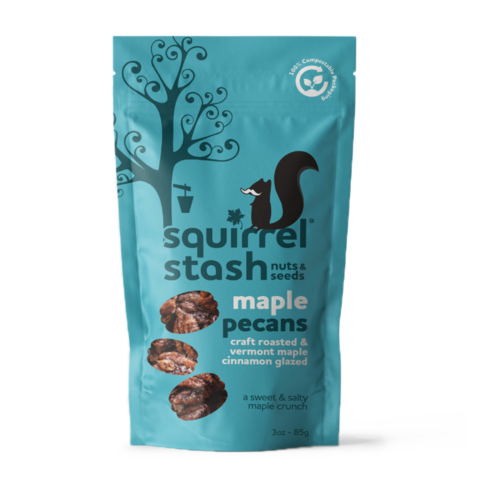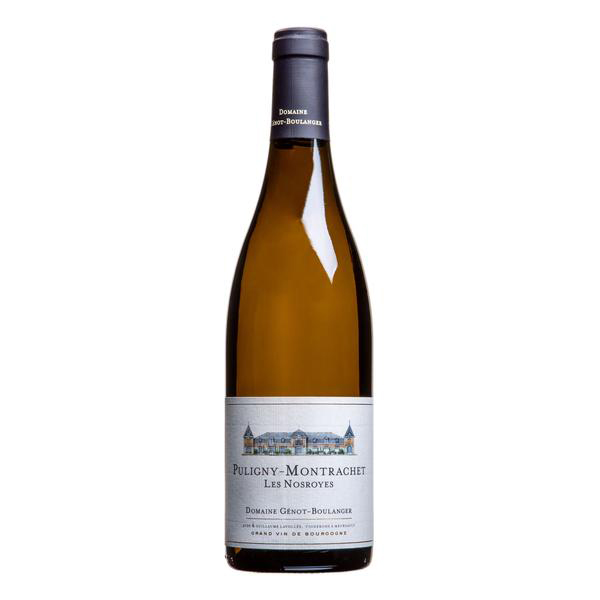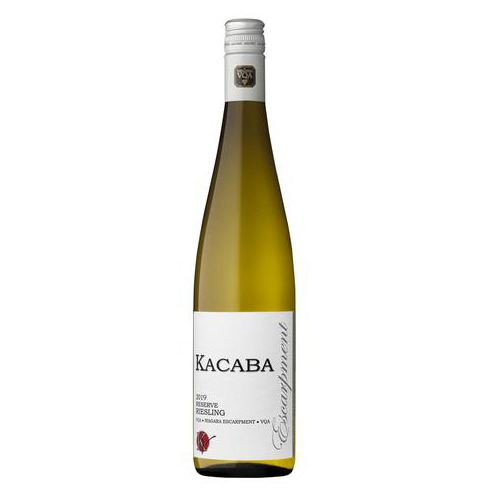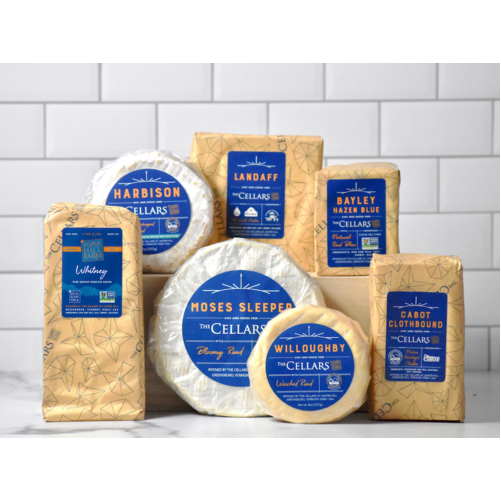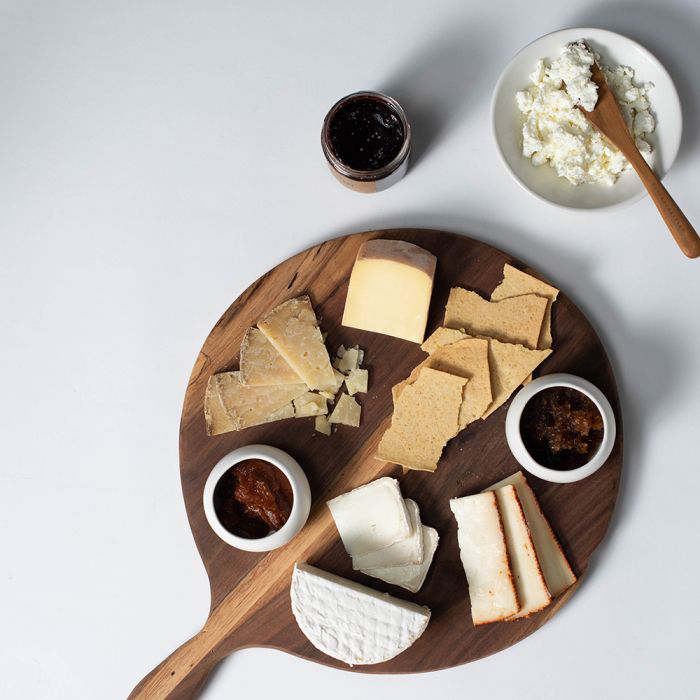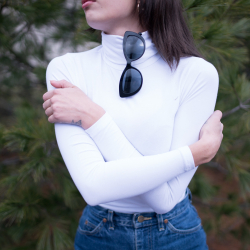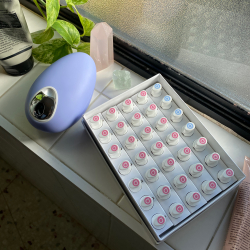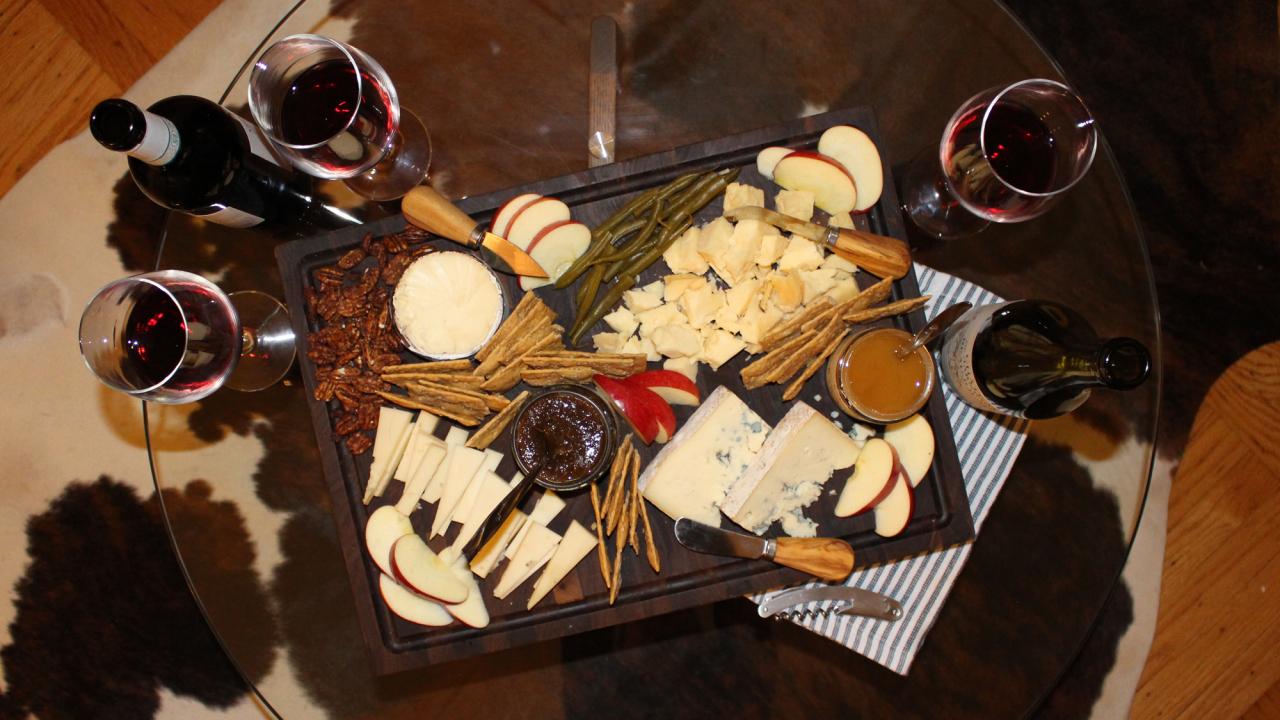
7 Experts Share Their Secrets to the Perfect Wine and Cheese Board
Consider this your go-to guide.
There are few finer delights in life than an exquisitely constructed cheese board paired with a few delicious wines. But if your spread tends to consist of a few half-opened cheeses and a bag of grapes, then it may be time to brush up on your board skills.
With the assistance of seven wine and cheese experts, we assembled a handy wine-and-cheese-board manual. From the different types of cheeses to grab, to the best wine pairings to place them with, all the way to why raw honey is perhaps the MVP of accoutrements, read on to learn everything you need to know about assembling your perfect wine and cheese board this holiday season (and beyond, because cheese is always a good idea).
Meet the Experts
- Lieu Dit Winery sommelier Genevieve Pelletier
- Parcelle general manager Christine Collado
- Cheesemonger and Jasper Hill Farms lifestyle editor Lilith Spencer
- Vines Play founder and wine importer Chanile Vines
- The Barn at Blackberry Farm executive chef Cassidee Dabney
- Krug cellar master Julie Cavil
- Vivanterre wine director Cedric Nicasie
Tip 1: All Cheese on Deck
Every great cheese board begins with, well, cheese. Set yourself up for success and reach for a variety to please the masses (or just yourself). “Try to have a selection of cheeses—aged, soft, firm, and blue,” Vines Play founder and wine importer Chanile Vines tells Coveteur. In addition to covering your textural bases, you’ll also want to consider the characteristics of the cheese as well. “Something strong for the adventurous, Eppoisses comes to mind here. Then something that everyone will like, like an aged cheddar (Cabot clothbound from Vermont is a great one),” advises Vivanterre wine director Cedric Nicasie. “But there are endless examples. A soft cheese like Humbolt Fog from California is a great one. And lastly, never forget the Comté. A cheese board is not complete until you add a good slice of Comté.”
For cheesemonger Lilith Spencer, sometimes less is more. “‘To make a really bold impression, especially if you’re feeding more than just a couple of people, consider displaying one giant hunk of a singular cheese surrounded by a wide variety of pairings to show off its range,” she suggests. “Pick a crowd pleaser—something like an Alpine-style cheese or an aged cheddar. Spend a little bit of time researching it so that you can pick out some really thoughtful accompaniments and share the cheese’s story. You can really go all out by preparing wine pairings to accompany this sort of cheesy deep dive!”
A few other cheese callouts from the experts include: aged Gouda, Brie de Meaux, Cendré goat cheese, baked Mont d’Or, Souréliette du Fédou, Testun Di Barolo, Pecora Nocciola, and Harbison. Make haste!
Tip 2: Add in Accoutrements
OK, so you’ve culled your cheese. What comes next? “You should have different kinds of crackers, as well as grapes or figs to add color and act as a palate cleanser between the rich bites of cheese,” Lieu Dit Winery sommelier Genevieve Pelletier suggests. Other worthwhile additions, according to Nicasie, include “some spiced nuts, fig jam, and charcuterie,” he says. “Olives are a nice addition, too.” As for Spencer, it’s all about the honey. “If I had to pick one pairing that I think works on every kind of board, from appetizer to ‘main event’ to dessert, it would be honey,” she says. “Salty, nutty, meaty, sweet, spicy, fruity—honey works with all of those flavors. Raw honeys are my favorite because they tend to have more complexity in regards to both flavor and mouthfeel. I love how the floral, herbaceous qualities of raw honey can really brighten a cheese spread. Plus, if you’re showcasing a collection of cheeses from a particular region, you can double down on the terroir factor by selecting a local honey to match.” Parcelle general manager Christine Collado is aligned. “Try getting your hands on some aromatic, small-batch honey,” she advises. “I once paired lavender honey with goat cheese and Champagne. It was pretty delicious.”
Finally, don’t forget something spreadable (aside from honey). “I’m a huge fan of adding a savory jam to a cheese board,” The Barn at Blackberry Farm executive chef Cassidee Dabney says. “The Smoked Onion Jam that our larder makes is out of this world.” To complement, she recommends “something fresh and bright to cleanse the palate and lighten the board, like fresh breakfast radish or marinated mushrooms or peppers.”
Tip 3: Embrace Those Pairings
Resist the temptation to grab the same old malbec or sauvignon blanc that you always do, and reach for bottles that’ll make your board really shine bright. “One of my favorite food tricks is ‘if it grows together, it goes together,’” Vines says. “[For example], the French Brie region is also known for tannic wine varietals, such as Beaujolais.” A few of her picks for pairings include bubbly with Brie, goat’s milk cheese with young white wines (e.g., Sancerre or Pouilly Fume), blue cheese with sweeter wines, sheep’s milk cheese with lively young reds (e.g., Sangiovese), and hard aged cheese with powerful, complex reds (Cabernet Sauvignon).
Nicasie prefers light red wines with sheep’s milk cheeses, while Collado teams white Burgundy with “just about anything: goat, cow, triple creams, go for it.” She also pours a glass of orange wine with “sharp, nuttier cheeses like Comté or Tete de Moine.” As for red, Collado leans toward “red light and juicy. Funky blues or something aged always seems to go well with wines of this style.” A few of Pelletier’s versatile go-tos include “off-dry Rieslings, to a funky red from the Jura, to an oxidative-style orange wine or a classic white Burgundy.”
Another direction you can go for pairings is that of the bubbly variety. “Often we tend to choose a red wine to pair with cheese; however, I personally adore a more unexpected pairing like Champagne,” Krug cellar master Julie Cavil shares. “For example, the freshness of Krug 2004 will beautifully counterbalance the fatty texture of a creamy goat cheese, while a mountain fondu would invigorate the palate with fullness of flavors when paired with a glass of Krug Grande Cuvée.” Spencer is also on the bubbly train. “Bubbles are my go-to, always. I can’t really think of a cheese that doesn’t work with sparkling wine; it works with everything from bloomy rinds to Parmigiano,” she says.
Helpful Tip: When assembling your board, place the cheeses in close proximity to the items they’re meant to be paired with. Example: Place that jar of raw honey situated nice and close to the blue cheese zone.
Tip 4: Lean Into the Holiday Spirit
A wine and cheese board fits into the holiday season context quite seamlessly. It’s festive, brings people around the table, and offers the opportunity to be creative. If you want to make the ordeal feel special this year, Vines has a few ideas. “Make it a grand experience without leaving your home by putting up some signs on which wine pairs with which cheese,” she says. “Add something virtual. For example: Invite a cheese or wine expert to join in via video to explain some of the pairings. You can even find vineyard tours online that can be played in the background to set the mood!”
Another way to make your board feel extra festive is to come up with a signature pairing. “It could be a jam or some sort of pickle if you’re into preserving, or something crunchy like spiced nuts or crackers if you’re a baker,” Spencer recommends. “If you want to share this new tradition with faraway friends and family, you can send out jars of your personal creation and even plan a virtual cheese and wine party where you can all enjoy it ‘together.’”
If all else fails, put on the holiday tunes. “Wine, cheese, music, and friends—a delightful recipe,” Cavil notes.
Shop Boards and Trays
Shop Accessories
Shop Wine
Want more stories like this?
Ina Garten on Thanksgiving Traditions & the Secret to Easy Entertaining
Trinity Mouzon Wofford Shares Her Signature Thanksgiving Cookies
Brain Fog? These Foods Will Help Declutter Your Mind





